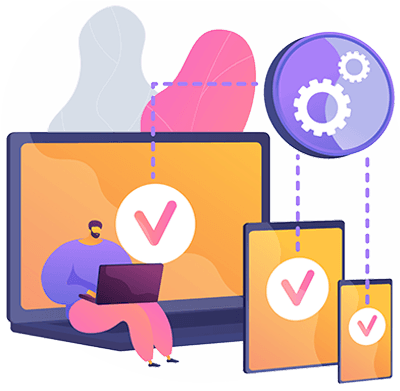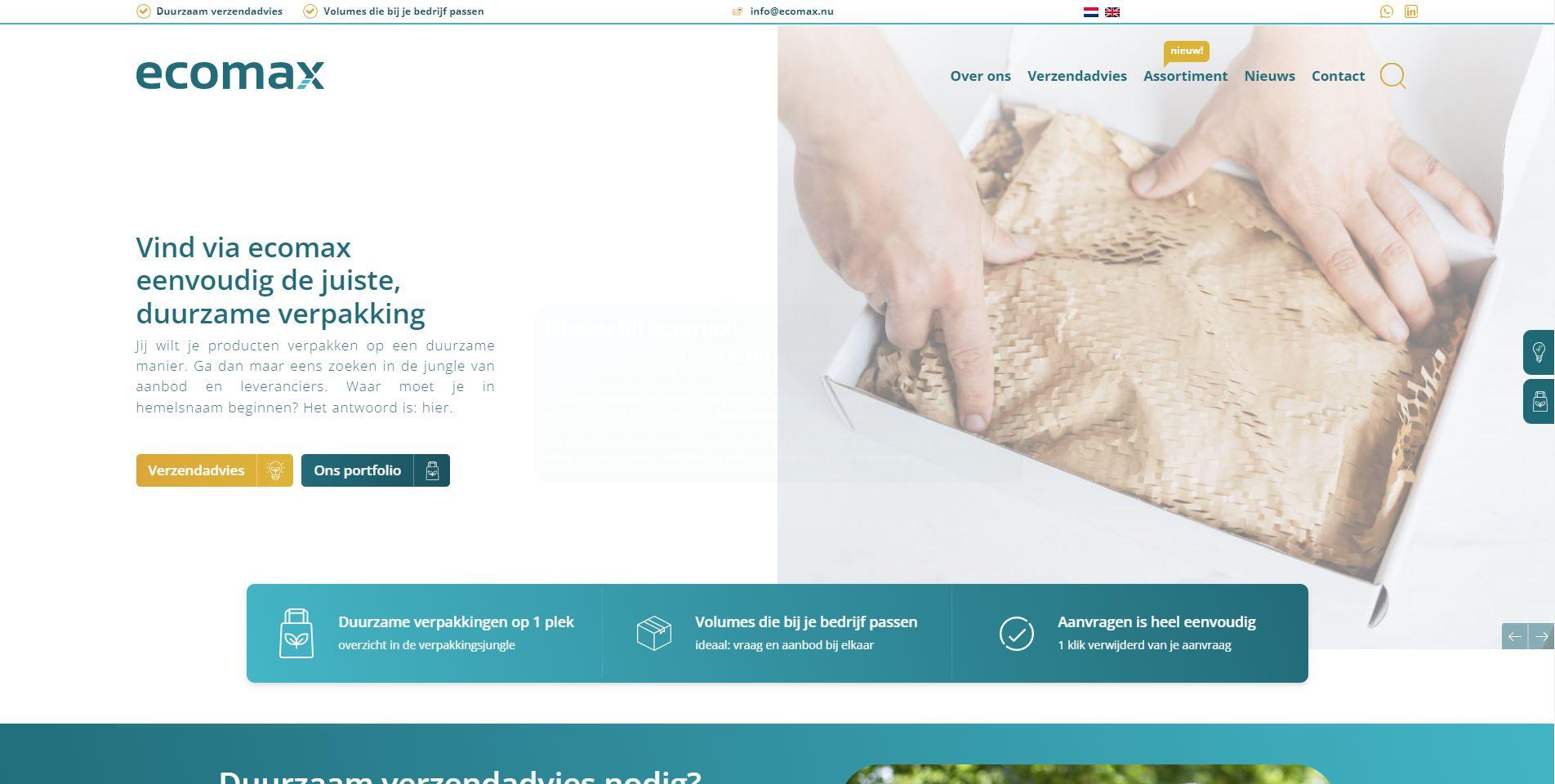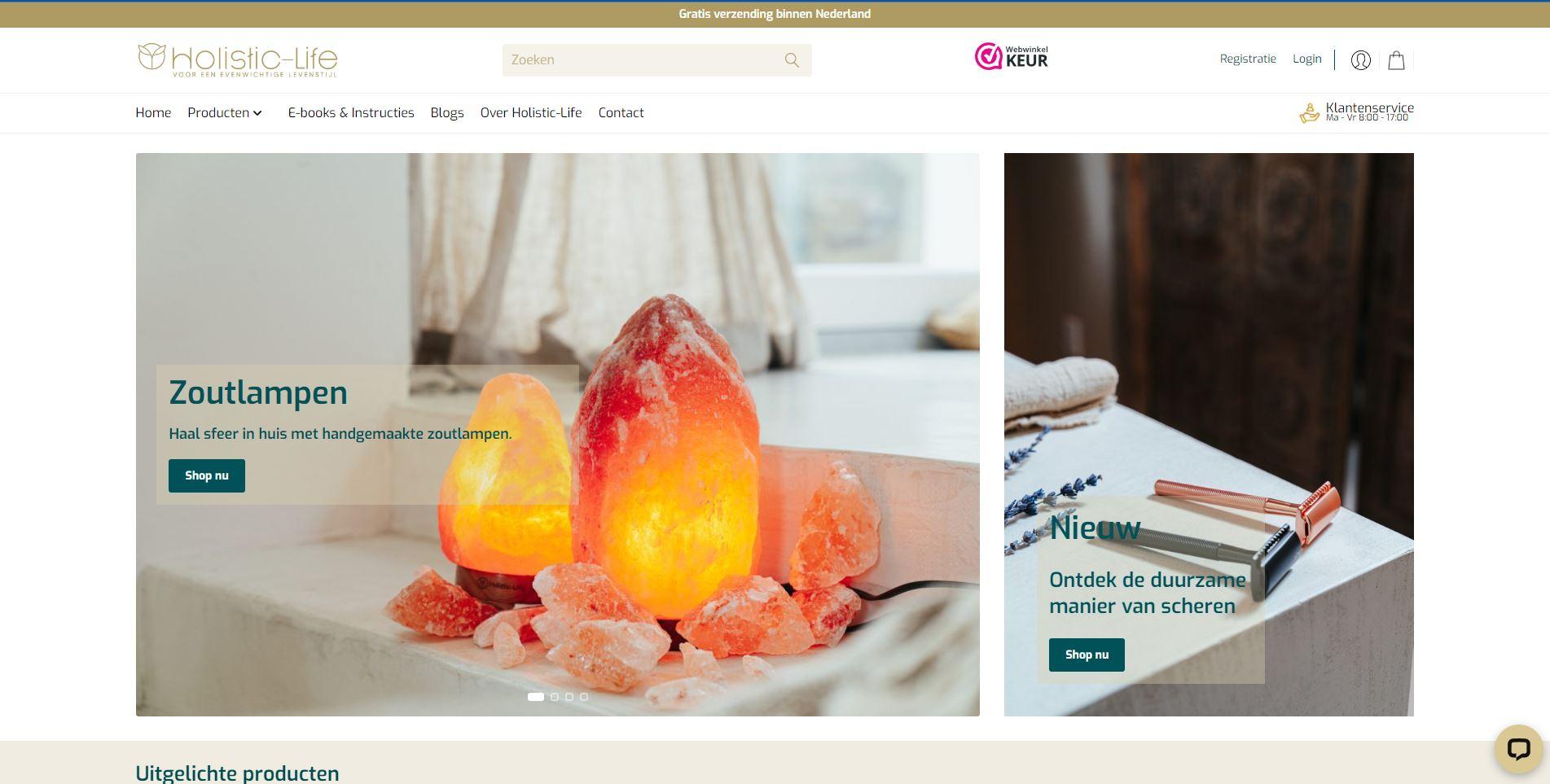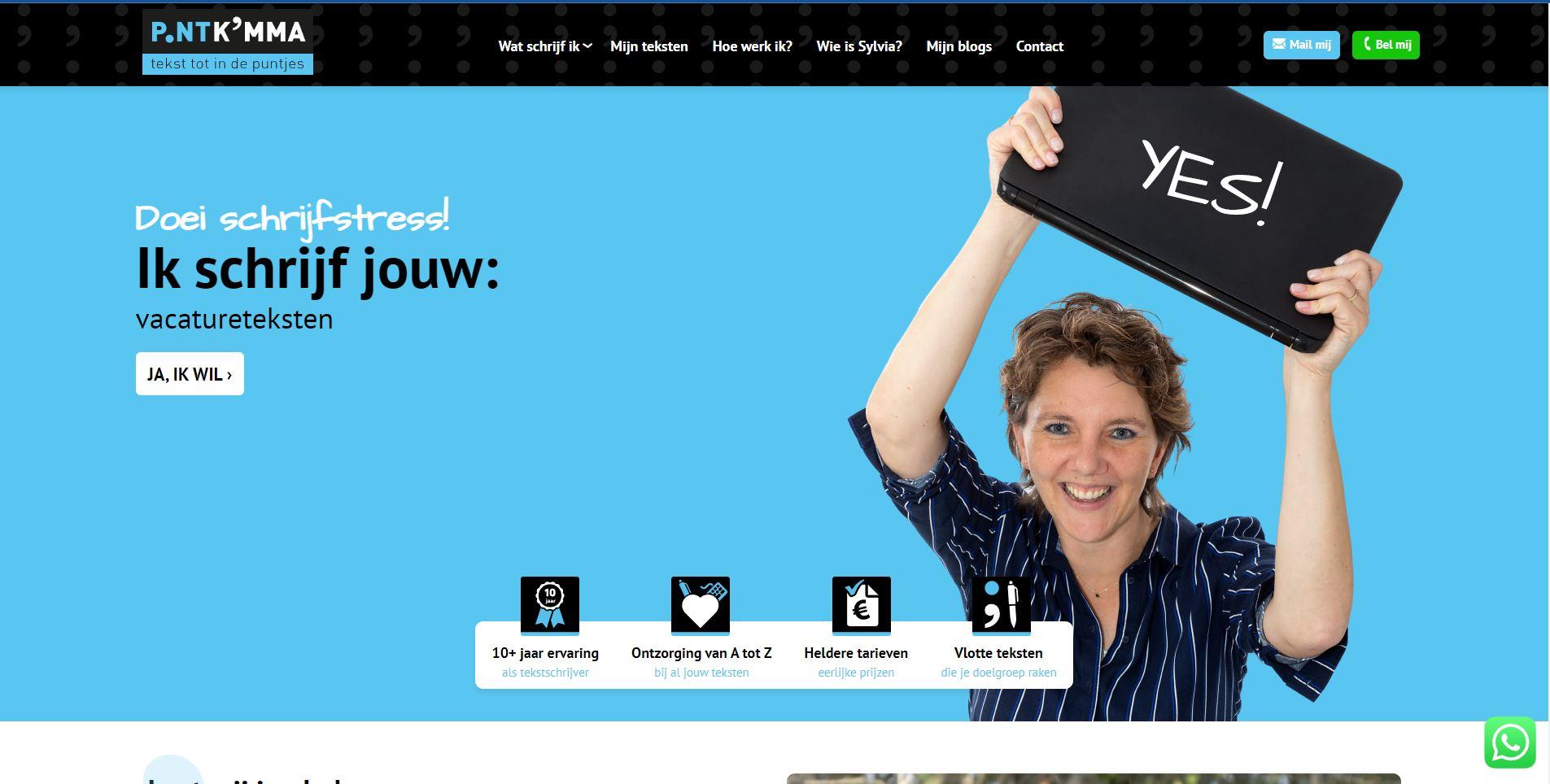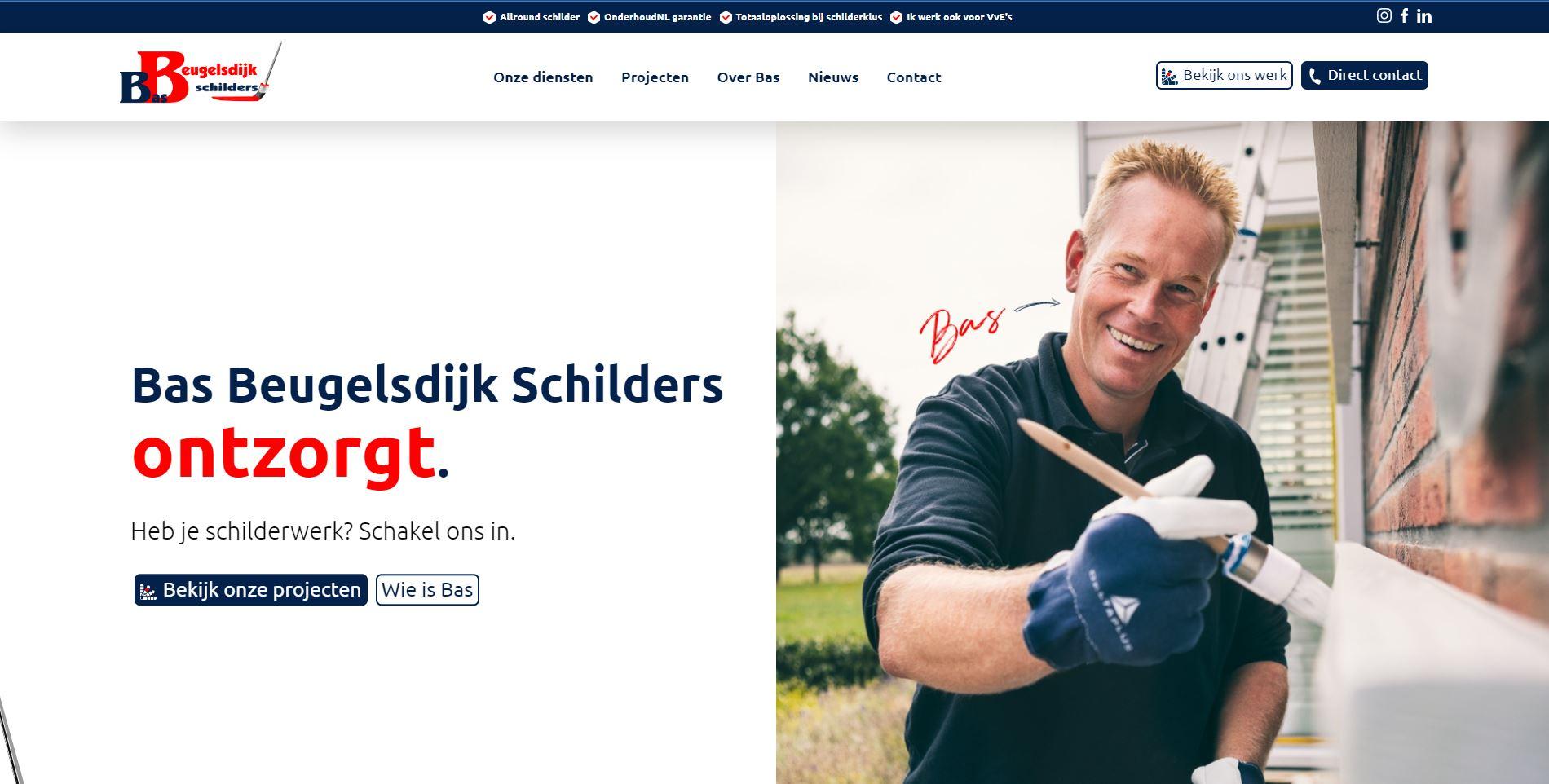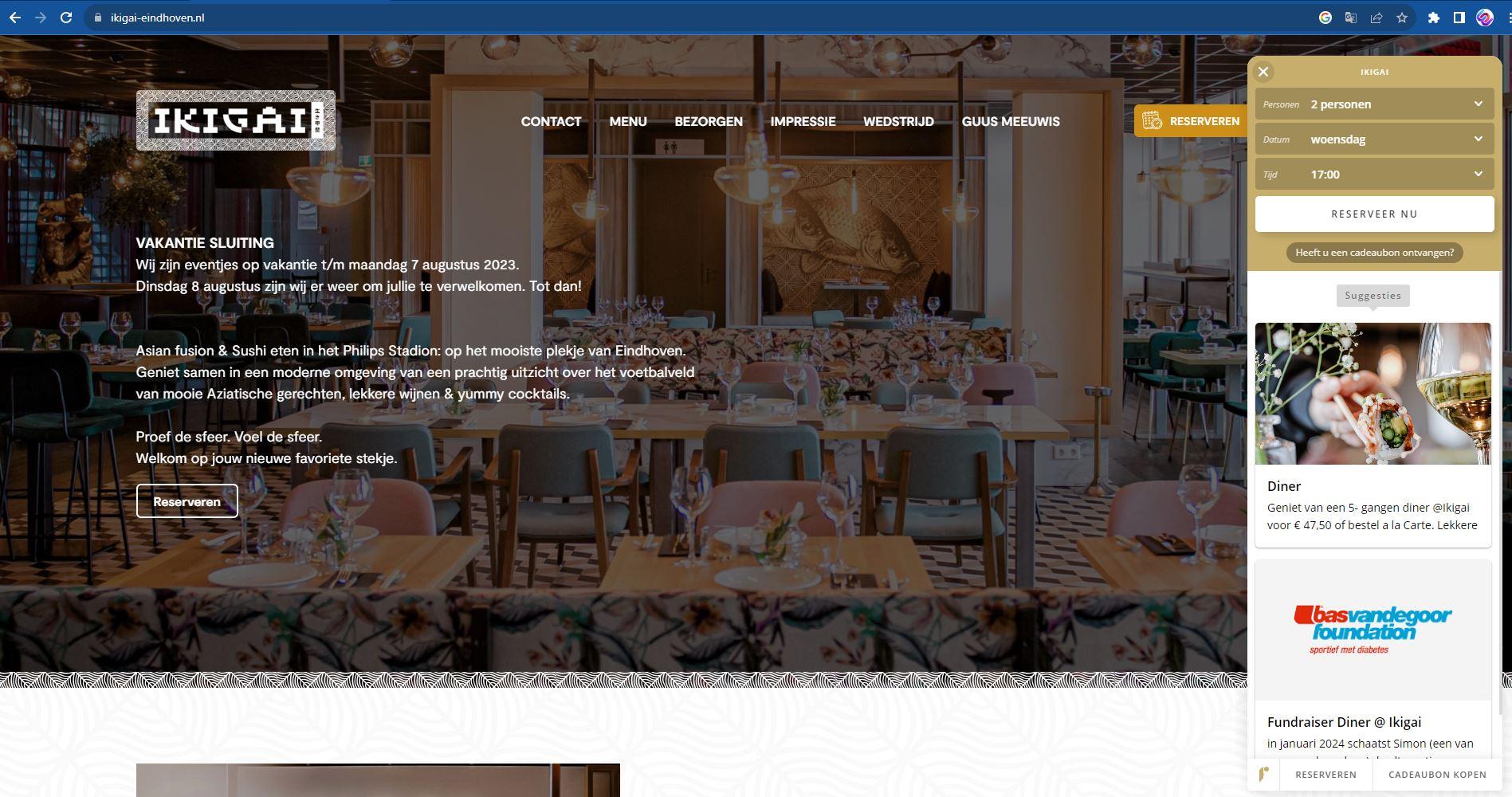In today’s digital age, web applications (web apps) have become an integral part of our daily lives. From online shopping to social networking, web apps offer a seamless and convenient user experience. If you’re considering creating a web app, you’re in the right place! In this comprehensive guide, we’ll walk you through the essential steps to develop a successful web app that stands out in a competitive online landscape.
Introduction to Web Apps
What is a Web App?
A web app, short for web application, is a software application that operates entirely within a web browser. Unlike traditional software that needs to be installed on a user’s device, web apps are accessed over the internet, offering a user-friendly and platform-independent experience. They are developed using web technologies such as HTML, CSS, and JavaScript.
Importance of Web Apps in Modern Business
Web apps have revolutionized the way businesses operate and engage with their customers. They provide a convenient and accessible way for users to interact with services, make purchases, and access information. With the rise of mobile devices, responsive web apps have become crucial in delivering a consistent user experience across various screen sizes.
Ideation and Planning
Identifying a Problem to Solve
The first step in developing a successful web app is identifying a problem or pain point that your app can address. Conduct thorough research to understand the needs and challenges of your target audience.
Defining Your Web App’s Purpose and Features
Clearly define the purpose of your web app and the key features it will offer. Focus on solving the identified problem while keeping the user experience at the forefront.
Conducting Market Research
Research the competitive landscape to identify similar web apps and analyze their strengths and weaknesses. This will help you position your web app uniquely and offer a competitive advantage.
Design and User Experience
User-Centered Design Principles
Prioritize user-centered design to create a web app that is intuitive and easy to navigate. Consider user personas and create user journeys to ensure a seamless experience.
Creating Wireframes and Prototypes
Design wireframes and interactive prototypes to visualize the layout and functionality of your web app. This step allows you to identify any usability issues before moving to the development phase.
Choosing the Right Color Scheme and Fonts
Select a color scheme and fonts that align with your brand and create a visually appealing interface. Consistency in design elements contributes to a professional and trustworthy image.
Development Phase
Front-End Development
Front-end development involves creating the visual elements of your web app that users interact with. Use HTML, CSS, and JavaScript to build responsive and engaging interfaces.
Back-End Development
Back-end development focuses on the server-side logic and database management. Choose a suitable programming language and framework for building the core functionality of your web app.
Database Integration
Integrate a reliable database to store and manage user data and app-related information. Optimize database queries for efficient performance.
Testing and Quality Assurance
Thoroughly test your web app across different devices and browsers to ensure compatibility and functionality. Address any bugs or issues and conduct usability testing to gather user feedback.
Launch and Deployment
Choosing a Hosting Provider
Select a hosting provider that offers scalability, security, and reliable uptime. Consider cloud-based solutions for flexibility and ease of management.
Domain Name and SSL Certificate
Choose a memorable domain name that reflects your brand and is easy to remember. Secure your web app with an SSL certificate to encrypt user data and build trust.
Launching Your Web App to the World
Coordinate a strategic launch plan that includes marketing efforts, social media promotions, and press releases. Engage with early users to gather feedback and make necessary improvements.
Marketing and Promotion
Crafting a Compelling Brand Story
Create a compelling narrative around your web app, highlighting its unique features and benefits. Storytelling can captivate your audience and create a sense of connection.
Social Media and Content Strategy
Utilize social media platforms to create a strong online presence. Develop a content strategy that includes informative blog posts, videos, and engaging visuals to attract and retain users.
Search Engine Optimization (SEO) for Web Apps
Optimize your web app’s content and meta data for search engines to improve visibility in search results. Use relevant keywords and high-quality backlinks to enhance organic traffic.
User Feedback and Iteration
Gathering User Feedback
Encourage users to provide feedback and suggestions for improvement. Actively listen to their insights and implement changes that enhance the user experience.
Continuous Improvement and Updates
Regularly update your web app with new features and improvements based on user feedback and market trends. Continuous iteration keeps your app relevant and user-friendly.
Security and Privacy
Implementing Robust Security Measures
Prioritize security by implementing measures such as encryption, secure authentication, and regular security audits. Protect user data and prevent unauthorized access.
User Data Protection and Privacy Compliance
Adhere to data protection regulations and privacy laws to ensure the confidentiality and security of user information. Obtain necessary consents and clearly communicate your data usage policies.
Scaling for Growth
Monitoring and Performance Optimization
Monitor your web app’s performance metrics to identify bottlenecks and areas for improvement. Optimize loading times and responsiveness to deliver an exceptional user experience.
Handling Increased Traffic and Users
As your web app gains popularity, be prepared to scale your infrastructure to accommodate higher traffic volumes. Utilize load balancing and caching mechanisms to maintain optimal performance.
Conclusion
Developing a successful web app requires careful planning, design, development, and marketing strategies. By following the steps outlined in this guide, you’ll be well-equipped to create a web app that meets user needs, stands out in the market, and delivers a seamless and engaging experience.
FAQs
- How long does it take to develop a web app? The timeline for web app development varies based on complexity and features. It can range from a few months to a year or more.
- Do I need coding skills to create a web app? While coding skills are beneficial, there are platforms and tools available that allow you to create web apps without extensive coding knowledge.
- What technologies are commonly used for web app development? HTML, CSS, JavaScript, and various programming languages (e.g., Python, Ruby, Java) are commonly used for web app development.
- How can I monetize my web app? Monetization options include subscription models, in-app purchases, advertisements, and offering premium features.
- What is the significance of responsive design in web apps? Responsive design ensures that your web app looks and functions well across different devices and screen sizes, enhancing user experience.



